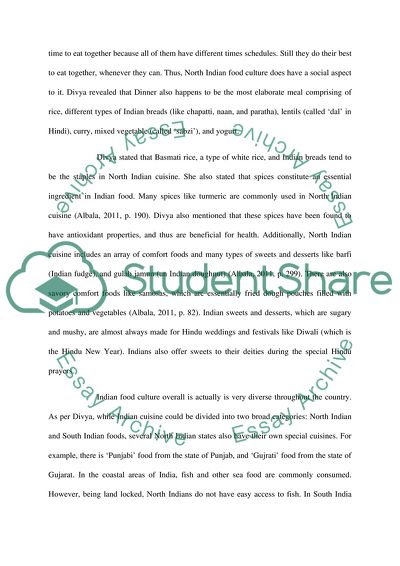Cite this document
(Food Culture: North Indian Cuisine, Hindu Essay, n.d.)
Food Culture: North Indian Cuisine, Hindu Essay. Retrieved from https://studentshare.org/culture/1823589-north-indian-cuisine-hindu-food-culture
Food Culture: North Indian Cuisine, Hindu Essay. Retrieved from https://studentshare.org/culture/1823589-north-indian-cuisine-hindu-food-culture
(Food Culture: North Indian Cuisine, Hindu Essay)
Food Culture: North Indian Cuisine, Hindu Essay. https://studentshare.org/culture/1823589-north-indian-cuisine-hindu-food-culture.
Food Culture: North Indian Cuisine, Hindu Essay. https://studentshare.org/culture/1823589-north-indian-cuisine-hindu-food-culture.
“Food Culture: North Indian Cuisine, Hindu Essay”, n.d. https://studentshare.org/culture/1823589-north-indian-cuisine-hindu-food-culture.


